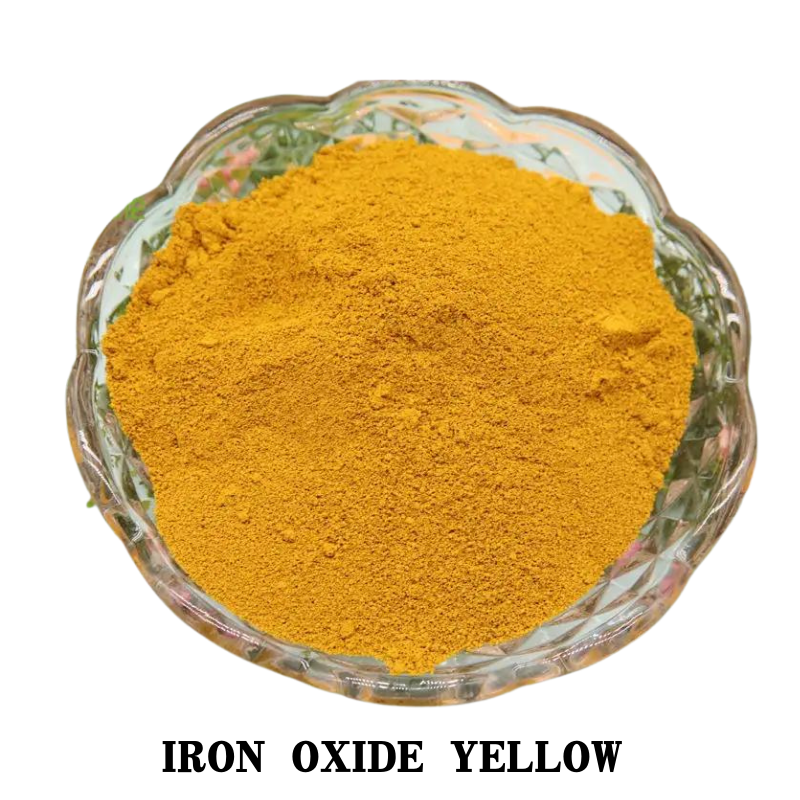
kaolin-Benefits of white clay for the skin
Benefits of white clay for the skin
White clay, also called kaolin, is a widely used ingredient in skin cosmetics . Due to its astringent effect and its mineral content, it is used as an ally to regulate excessive sebum production, remove dead cells and provide luminosity to the skin.
In fact, it is also related to the stimulation of cell regeneration and the prevention of premature aging. While many of its benefits are supported only by anecdotal evidence, some studies suggest that it does have positive effects on the skin. Let's see.
The 5 benefits of white clay for the skin
Originating in China, but used in hundreds of countries around the world, white clay or kaolin is a popular product in the cosmetics industry. It is used as an active ingredient in facial care products , since its compounds help absorb oil and impurities from the skin.
In fact, it stands out as a diluent and binder in dermatological products due to its antibacterial and anti-inflammatory effects that help relieve various symptoms that affect skin health. Its main mineral, kaolinite, usually explains its effects to a large extent. What are its potential benefits for the skin?
1. Ideal for facial cleansing
One of the main qualities of white clay is that it works as a deep skin cleansing agent. A study shared in International Geology Review highlights that this ingredient promotes the elimination of oils, secretions and contaminants present in the skin .
The most interesting? Unlike other products, it does not require foaming agents or added chemical ingredients. By itself, it removes waste from the skin surface and leaves it looking soft and shiny.

2. Suitable for sensitive skin
Kaolin is one of the gentlest clays for skin care. Therefore, it can be used without problem on sensitive skin . Due to its anti-inflammatory and calming effects, it is ideal for minimizing irritations or rashes.
However, it should not be applied if the skin is dry, as it can worsen this situation. In all cases, it is advisable to first do a patch test on the neck or the inside of the wrist to see how it reacts.
The patch test is performed by applying a small amount of the product to the suggested areas. If after 30 minutes there are no signs of irritation or itching, it can be applied without problems.
3. Supplement to reduce acne
Acne treatment can vary for each person, depending on the associated causes and skin type. In itself, this must be determined by a dermatologist . However, as a complement, white clay can help.
A study in the journal Molecules details that the minerals in clays help stimulate perspiration and sebaceous secretions. In this way, they facilitate the cleaning of pores and the elimination of pimples and blackheads .
Not to mention that its antibacterial effect has shown effectiveness in stopping the growth of bacteria such as S. epidermidis and P. acnes.
4. Anti-aging support
There is no evidence on the effects of white clay masks on preventing skin aging. Even so, anecdotal data suggests that its regular application helps prevent the early appearance of wrinkles, blemishes and expression lines.
For now, only one study conducted in rats suggests that clay helps increase collagen fibers , which would explain these effects.
5. Ideal for exfoliating and toning
Due to its texture, white clay helps cleanse the skin of those dead cells that accumulate on its surface. It is considered a gentle exfoliant , since it is not irritating or causes aggression when removed. In addition, it has a natural lifting effect that allows you to show more toned and firm skin.
Is white clay safe?
Topical application of white clay is considered safe for most people. Its use is not recommended on dry skin or open wounds . Inhalation of the product must also be avoided.
Recipes for applying white clay to the skin
Due to the benefits attributed to white clay for skin care, right now it can be purchased in different commercial products; from moisturizing creams, to exfoliants and anti-aging cosmetics.
In any case, it can be purchased in powder form to be used naturally, either moistened in water or combined with other ingredients. Try these masks!
White clay and oil mask
The purpose of this mask is to cleanse the surface of the skin and, in the process, hydrate it. You can use jojoba, coconut or apricot oil.
Ingredients
- 1 tablespoon of white clay powder (15 grams).
- 2 tablespoons of oil (20 milliliters, of your choice).
Share
-
Premium Resin Coated Sand - High Heat Resistance CastingNewsJul.31,2025
-
High Quality Silicon Carbide Grit for Abrasive ApplicationsNewsJul.30,2025
-
High-Quality Ceramsite for Plants & Gardening | Lightweight PebblesNewsJul.29,2025
-
Premium Burgundy Glass Marbles for Vases & Shooter GamesNewsJul.29,2025
-
High Purity Quartz Sand for Industrial and Ground ApplicationsNewsJul.29,2025
-
High-Quality Barite Powder for Drilling & Industrial UseNewsJul.29,2025







